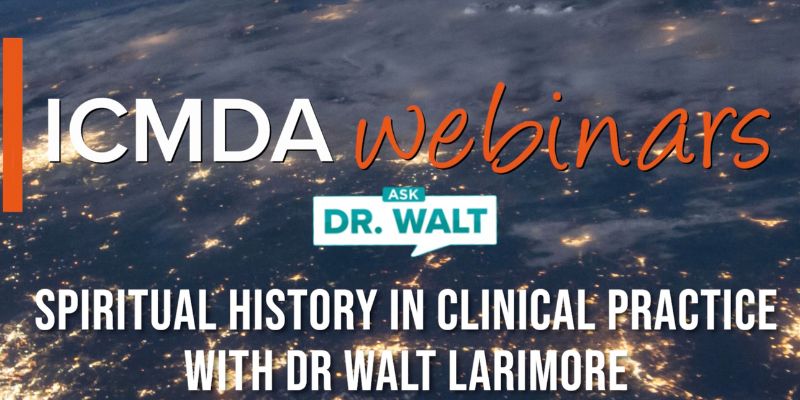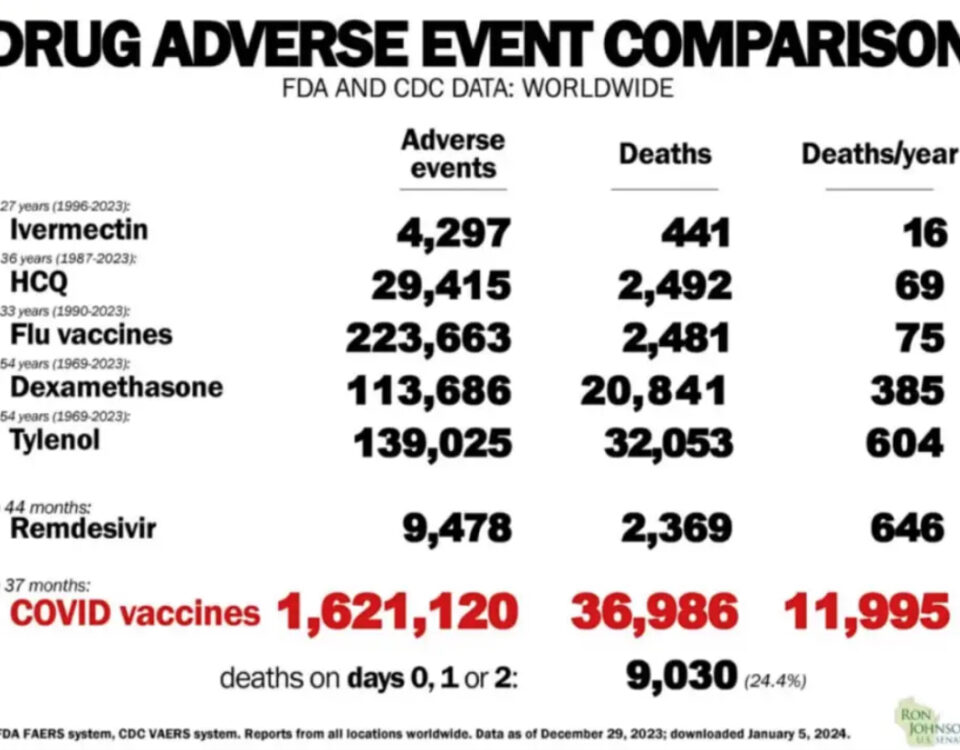News Flash: Experimental Ebola Vaccine Used On Human – this actual headline is part of the story line for Dr. Walt’s first novel
Study indicates inexpensive polypill pill may significantly reduce risk of heart attack and stroke. Should you consider it?
April 1, 2009HSAs may help consumers save for health expenses in retirement
April 3, 2009News Flash: Experimental Ebola Vaccine Used On Human – this actual headline is part of the story line for Dr. Walt’s first novel
It was a nightmare scenario: A scientist accidentally pricked her finger with a needle used to inject the deadly Ebola virus into lab mice. Within hours, members of a tightly bound, yet Atlantic telephone conference trying to map out a way to save her life. Less than 24 hours later, an experimental vaccine – never before tried on humans — was on its way to Germany from a lab in Canada. And within 48 hours of the March 12 accident, the at-risk scientist, a 45-year-old woman whose identity has not been revealed, was injected with the vaccine.
More Information:
That’s the actual news story reported by the AP.
But, here’s another nightmare scenario:
Over 350 years ago a horrible disease took the lives of almost every person in Eyam, England. Ministering to their needs was a mysterious man known only as the Blue Monk, a clergyman who seemed to appear and disappear at will. His strange appearance terrified everyone who saw him.
Three centuries later the disease has returned, more virulent than before. Every day more are infected; every hour more die. What starts in a West African nation may become the worst pandemic the world has seen—all because of one very frighten boy.
The lives of millions rest in the hands of a crack bio-team who find ways to cure modern diseases by studying those who died centuries before. At the heart of the team is Dr. Mark Carlson, a fractured, faithless man who hates himself and the world. Now he must save both.
With every tick of the clock the world approaches a global pandemic. Mark Carlson and his team must find a frighten boy who carries death in his body and leaves corpses in his wake. They must also dredge up a cure from the past, a task made more difficult by an environmental terrorist group who prefer to see the disease spread.
The most frightening thing in this book is that it may be tomorrow’s headline.
However, this second scenario is the plot line for my first novel, co-written with Paul McCusker. The novel will be called Time Scene Investigators: The Eyam Factor, and will be released this August.
You can read more about the novel and how we developed the idea here.
Now, back to the actual news story: So far, so good.
The AP reports: Ebola hemorrhagic fever, seen mostly only in Africa, is one of the world’s most feared diseases. It begins with flu-like symptoms, followed by bloody diarrhea and vomiting. Days later, some victims begin bleeding through the nose, mouth and eyes. Depending on the strain of virus, it can kill up to 90 percent of victims.
There is no cure. The virus is spread through direct contact with the blood or secretions of an infected person.
Dr. Stephan Guenther, head of the Bernhard Nocht Institute for Tropical Medicine in Hamburg, where the researcher was working, said tests so far show the scientist is healthy and free of the virus.
The peak period for an outbreak during the 21-day Ebola incubation period passed this week, he said.
“We are now on the downside,” Guenther told The Associated Press, noting that with each passing day the chance of infection taking root diminishes.
It’s not entirely clear the researcher was actually infected with the virus. At the time of the accident, she was wearing three layers of protective gloves, and though the needle stuck her, the plunger of the syringe was not pushed so it’s not certain the virus entered her bloodstream.
That means scientists may never know if the vaccine worked or she was just lucky.
There are two other known accidents involving researchers who came into direct contact with a similar strain of Ebola. A Russian researcher died, and a British scientist became ill but survived.
After the needle stick, Guenther knew he had to act swiftly.
He rushed an e-mail to fellow scientists in the Ebola research community. One was Dr. Heinz Feldmann, chief of the virology laboratory at the Rocky Mountain Laboratories, a U.S. National Institutes of Health research facility in Hamilton, Mont.
“We considered this as serious as (the Russian) case, in terms of the exposure,” Feldmann told the AP in a telephone interview last weekend.
Feldmann was part of an international group of experts from the U.S. Centers for Disease Control and Prevention, the U.S. Army Medical Research Institute of Infectious Diseases, the Canadian Public Health Agency, Boston University and the University of Texas Medical Branch.
Feldmann, Guenther and several other experts took part in the teleconference debating the options. These included a live vaccine never before tried on humans, another treatment designed to interfere with the virus’ ability to multiply, or an anticoagulant that Army research found had saved the lives of monkeys exposed to Ebola.
The option that emerged as the strongest was the vaccine, which had been developed by Feldmann and collaborating researchers at several institutions. Much of the key work was done about nine years ago at a microbiology research lab run by the Canadian government in Winnipeg, Manitoba, where Feldmann worked at the time.
Although the vaccine is based on a different kind of virus, researchers used genetic engineering to make the virus look like Ebola, triggering an immune system response.
In a 2008 study, Feldmann and other researchers showed that when given 20 minutes after a lethal dose of Ebola virus, four of eight monkeys survived. There were no side effects, Feldmann said.
“The group came very swiftly to agreement that this vaccine would be the best … because it had showed an effectiveness when used after exposure,” Guenther said.
In the end, the scientist whose life was at risk made the decision herself. She took the vaccine about 48 hours after the accident. Within 12 hours, she had a headache, muscle pain and a fever, but recovered quickly.
“Those are normal reactions to live attenuated vaccines,” Feldmann said.
While future study of the woman’s immune response may help to clarify whether the vaccine saved her life or she was never infected with Ebola in the first place, it will most likely remain open to interpretation.
Either way, Feldmann said scientists cannot draw conclusions about the experimental vaccine’s safety or effectiveness.
There’s a long history of researchers testing vaccines on themselves or people close to them. Edward Jenner, the English physician who first invented a smallpox vaccine, included his own son among the children he first gave the immunization. And Jonas Salk, an inventor of polio vaccine, reportedly gave the vaccine to himself and his entire family before making it public.
This case is somewhat different. Using the experimental vaccine, “was to save her life, that was the priority,” Feldmann said. It might have been five years or more before it was tried on humans because of additional animal studies and production issues, he added.
Guenther expressed hope the case would attract funding for more research in the field of such vaccines.
“Of course, we can’t just go to Africa, now that we have seen such a vaccine went well when used on a human,” Guenther said.
“Perhaps this will be like a little push, where one says, yes, it’s possible. Everything that we are doing on an experimental level can actually be put into practice.”
And, the same will be true of my first novel, Time Scene Investigators: The Eyam Factor, which will be released August 4, 2009.
You can read more about the novel and how we developed the idea here. I hope you’ll get the book when it comes out.






